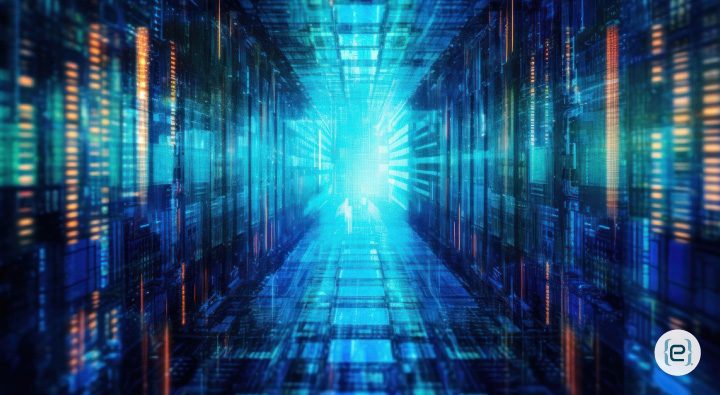Neural networks are foundational to artificial intelligence (AI) today, from the way they intuitively learn to aid so many of your everyday life applications, whether it be virtual assistants and recommendation systems or autonomous vehicles and healthcare diagnostics. These are computer programs that mimic the structure of an animal brain so well, they can recognize patterns and manipulate large amounts of data very efficiently.
What is a Neural Network?
In plain English, neural networks are a set of algorithms, modeled loosely after the human brain. They consist of layers of nodes (like neurons) forming a network. It is a directed graph, where every node in one layer processes the generated data and passes it on to be further refined by nodes of the next layers, which finally reaches a conclusion or prediction from what has been learned.
Machine Learning (ML) and Deep Learning deeply rely on neural networks. They perform well on tasks like image classification, speech recognition, or language translation by learning from the data you feed them.
How Neural Networks Work
Neural networks contain three types of layers:
- Input layer: The raw data gathering first layer, could be images, text, numbers, etc.
- Hidden Layers: Intermediate layers between the input and output of a neural network that transform data using weights (data processing). This is where the network learns most of it.
- Output Layer: The last layer that returns the predicted score or class.
A weight is associated with each connection between neurons, determining how much influence a specific input has on the ultimate output. This phase is called training of the model, during which a network adjusts these weights using techniques such as back-propagation and gradient descent to minimize error. The repetition of this process allows the network to learn how to properly map inputs and outputs.

Types of Neural Networks
- Artificial Neural Networks with No Recurrent Connections/Feedforward Neural Network (FNN): Data flows one way only from the input layer to the output layer, with no looping in FNNs. They fit for basic pattern recognition tasks. For example, predicting the price of a house based on attributes like location, size, and age.
- CNN (Convolutional Neural Networks): CNNs are used especially for image and video processing. Filters recognize patterns such as edges, shapes, and textures, making them good at object detection and facial recognition. For instance, using training data, CNN can identify a cat or dog in each image.
- Recurrent Neural Networks (RNN): We usually use RNNs for time series or language because the data is sequence-based. These networks have recurrent connections, allowing them to store information about past events. They are relevant to tasks such as speech recognition, language translation, and stock price prediction. RNNs power virtual assistants such as Siri or Google Assistant who can interact human-like to voice commands.
- GANs — Generative Adversarial Networks: A GAN is made up of two networks; a generator and a discriminator that compete. The data generated can range from realistic-looking images, text, or even music. GANs power most of the AI-generated art pieces and deepfake videos today.
Neural Network Applications
- Image and Speech Recognition: Networks are relevant in image processing, social media facial recognition technologies, and security systems of new smartphones. Likewise, Google Translate relies on neural networks for converting spoken words into text.
- NLP—Natural Language Processing: With the help of networks, NLP models allow machines to interpret and generate human-level language. These networks make chatbots, virtual assistants, and sentiment analysis tools work.
- Autonomous Vehicles: Neural networks are key to developing autonomous cars. They use data from sensors and cameras to identify human pedestrians, street signs, or obstacles, informing driving decisions.
- Healthcare Diagnostics: Neural networks are transforming healthcare by analyzing sophisticated medical datasets for early disease detection. They aid image analysis and predictive modeling, helping diagnose conditions like cancer, heart disease, or diabetic retinopathy. Learn more about AI in healthcare.
- Performance of Financial Forecasting and Detection of Fraud: Banks and financial organizations use neural networks to predict market behavior, understand consumer behavior, and identify fraud in real time.
Neural networks continue to revolutionize industries, offering unprecedented capabilities in data processing and decision-making. To explore how eMazzanti can help your organization leverage the power of AI and neural networks, contact us today.







